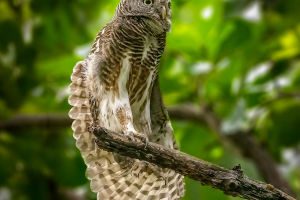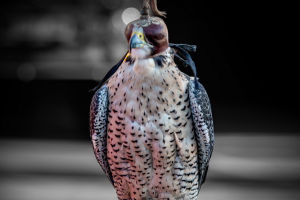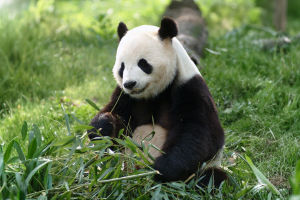Hey there, Lykkers! Have you ever noticed a seagull soaring above the sea or spotted one perched near a harbor? These fascinating birds aren't just for coastal photos – they play a significant role in the ecosystem, and today, we’re diving deep into their world!
We will explore their habits, migration patterns, and much more. So, get ready to learn about one of the most widespread and intriguing birds around – the common seagull!
Common Gull [Larus Canus]
video by Avi Birds
Physical Traits of Seagulls
Seagulls are medium-sized birds from the Laridae family, and they boast unique features that make them easy to spot. They weigh around 394 to 586 grams and measure between 451 and 510 millimeters in length. In the summer, their feathers are mostly white, with slate-gray on their backs and shoulders, while their underparts are pure white. One of the distinctive traits of a seagull is the white tips of their primary feathers, making them look stunning as they glide through the air.
During winter, their plumage changes slightly. Their heads and necks are marked with fine brownish streaks, and sometimes, their bills have a black tip. Their eyes are yellow, and their legs and feet are a pale greenish-yellow, adding to their bright and eye-catching appearance.
Where Seagulls Live and How They Act
Seagulls are not just sea-dwellers; they can be found across a variety of habitats. In the summer, they breed in the Arctic tundra, forest tundra, deserts, and grassy meadows near rivers, lakes, ponds, and wetlands. They are migratory birds, so when winter arrives, they travel to warmer coastal areas, river mouths, and harbors.
These birds are social creatures, often flying in small groups or pairs, but you’ll also find them gathering in large numbers, especially near the coast. In places like harbors and beaches, they love to float on the water, swim, and search for food. Their playful antics make them a delightful part of any seaside scene!
Seagull Diet: What Do They Eat?
Seagulls are opportunistic feeders, which means they are not picky about what they consume. They have a diverse diet that includes small fish, insects, mollusks, crustaceans, and even earthworms and larvae from cultivated fields. These birds are not just scavengers – they are highly adaptable when it comes to finding food sources, which is why we often see them in urban environments, where they may eat from garbage or docks.
Where Seagulls Migrate
Seagulls are migratory birds that can be found in regions all over the world. They breed primarily in the northern parts of Europe, Asia, and North America. Interestingly, some populations in Iceland, northern parts of the Baltic Sea, and coastal Canada stay in their breeding areas, while others head south for winter.
Their migration route is extensive. You’ll find them along the Pacific coastline of North America, stretching as far as Baja California in Mexico, and along the Pacific coasts of Asia, reaching northern Vietnam. They also migrate to the Mediterranean’s southern and eastern coasts, the Black Sea, the Persian Gulf, and the Caspian Sea’s southern shores. Their vast range makes them one of the most adaptable birds in the world.
Why Are Seagulls Important to Our Ecosystem?
Seagulls play a key role in maintaining the balance of coastal ecosystems. By feeding on small marine creatures and organic waste, they help keep the environment clean. Their role as natural cleaners contributes to the health of coastal habitats and even helps control insect populations. In urban areas, they also assist in managing waste, often scavenging discarded food and reducing the amount of refuse left behind.
Fun Facts About Seagulls
Seagulls are fascinating creatures with lots of interesting behaviors that we might not know about. For example, did you know that seagulls have been observed using tools? They’ve been seen dropping shells onto rocks to break them open and access the delicious food inside. They are also known to be quite vocal, communicating with each other through a range of calls that can convey different messages, from warnings to mating calls.
Another fun fact is that seagulls are highly social. They often live in large colonies and tend to form strong bonds with their fellow birds. Their interactions can be surprisingly complex, as they work together in search of food and share territory with one another.
The Fascinating Seagull
So, the next time you spot a seagull, remember that it’s not just a bird gliding across the sky – it’s part of a larger story of migration, adaptation, and survival. From their quirky eating habits to their vital role in the environment, seagulls are truly incredible birds. We hope this article has helped you appreciate these coastal companions a little more. Next time you see one, maybe you'll feel a bit more connected to the life of a seagull!


